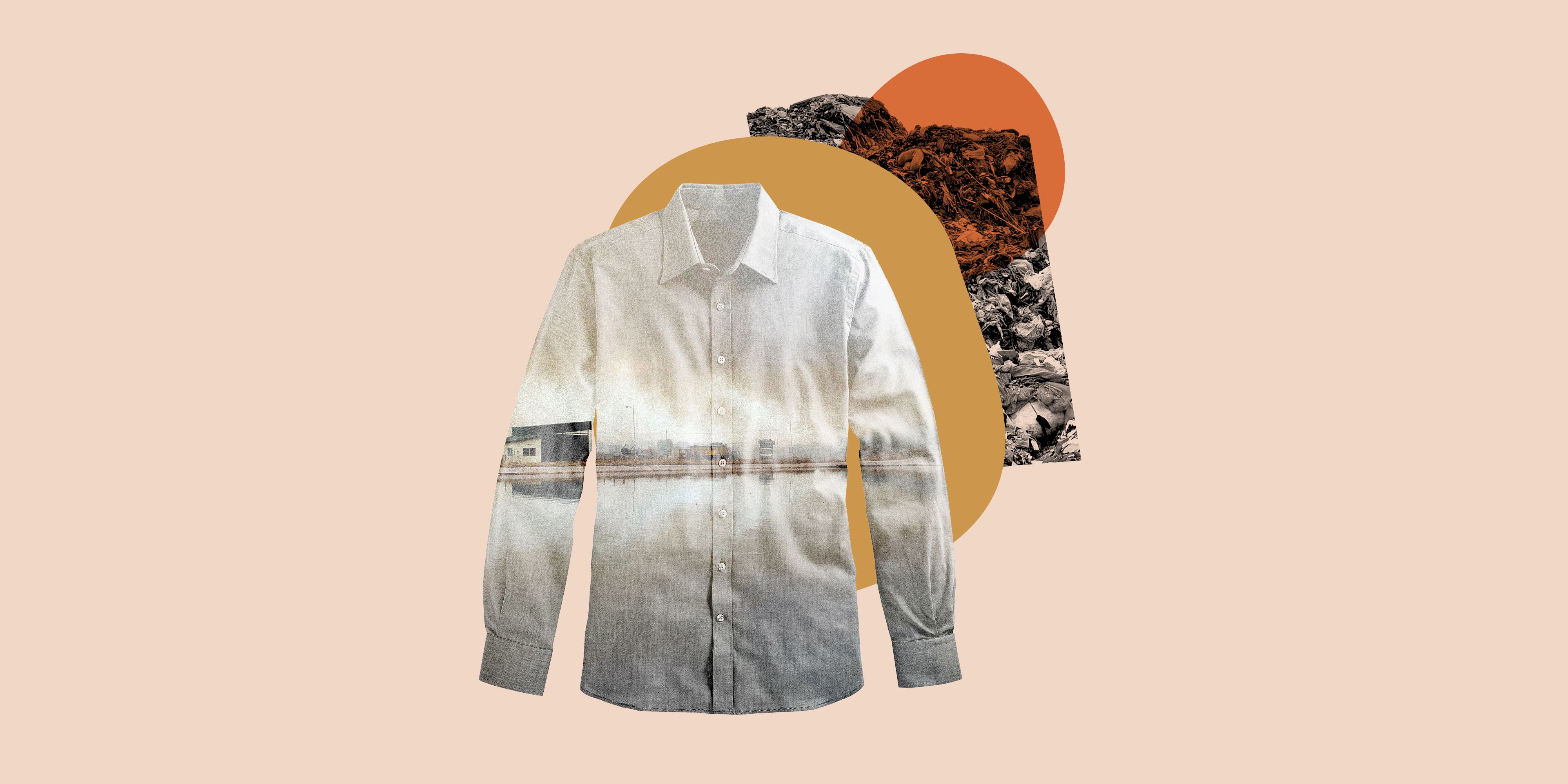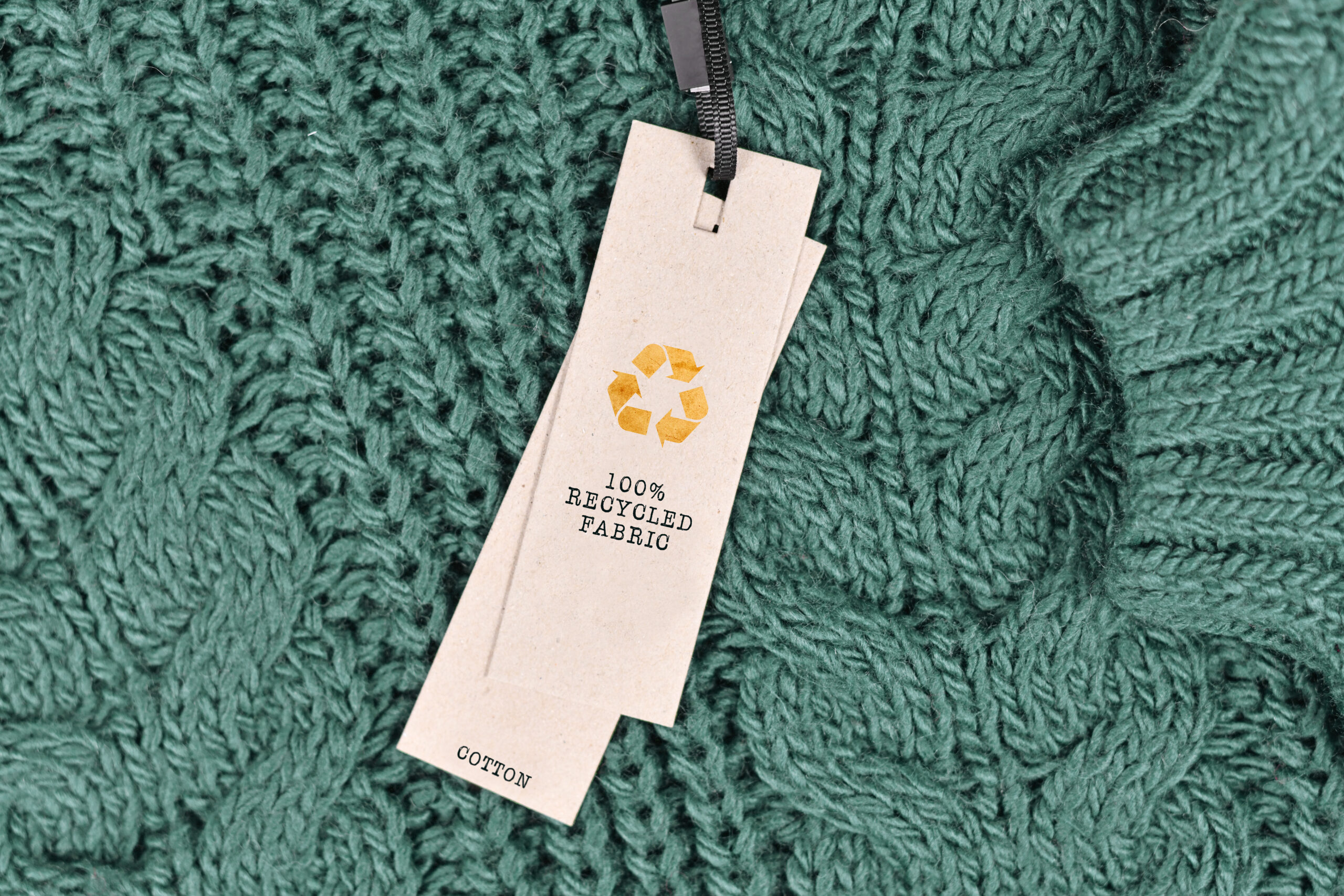Supporting Regional Cape Town Sustainable Fashion for a Greener Future
Supporting Regional Cape Town Sustainable Fashion for a Greener Future
Blog Article
Remain Ahead of the Curve by Exploring Innovative Style Fads
In a sector as vibrant as fashion, staying ahead entails even more than simply complying with present trends-- it requires an expedition of advancement. Smart textiles, as an example, are transforming garments right into useful masterpieces, while 3D printing is transforming design procedures with its personalized, waste-reducing capacities. As sustainability ends up being a foundation, developments like environment-friendly products and circular fashion practices are reshaping environmental obligation - Cape Town Sustainable Fashion. Furthermore, the merging of technology and style advertises a brand-new age of customer involvement. How, then, can these arising trends redefine the future of style, and what ramifications do they hold for brand names seeking to grow in this developing landscape?

Welcoming Smart Textiles
In recent times, the apparel industry has actually experienced a transformative change with the assimilation of smart textiles, an innovative technology that mixes modern technology with fabric. This evolution represents not only a fusion of looks and capability yet additionally a considerable leap towards sustainability and customization in vogue. Smart fabrics, additionally referred to as e-textiles, embed advanced electronic devices such as sensing units and conductive threads within the fabric, enabling garments to communicate with the environment or the user.
These fabrics are created to keep an eye on physical specifications, such as heart rate or body temperature, giving real-time wellness analytics. Past health and wellness applications, smart textiles are additionally being used for adaptive clothes, which can change shade or pattern in action to environmental stimuli, hence using a dynamic fashion experience.
In addition, the growth of energy-harvesting textiles that generate power from activity or sunlight is leading the means for self-dependent wearable technology. This innovation is interesting ecologically conscious customers and designers aiming to minimize the environmental impact of style. As r & d in this area breakthrough, clever textiles are anticipated to end up being increasingly common, reshaping the landscape of contemporary fashion with their multifunctional capacities.
The Rise of 3D Printing
Revolutionizing the production landscape, 3D printing has become a game-changer in the fashion market. This cutting-edge innovation has allowed developers to push the borders of creativity, generating elaborate and tailored garments that were previously unthinkable. By leveraging digital style and additive production, 3D printing facilitates the development of intricate geometries and patterns, allowing developers to trying out new structures and frameworks.
A noteworthy advantage of 3D printing in vogue is its capacity to produce on-demand, lessening waste and reducing stock requirements. This performance not only enhances manufacturing procedures yet also permits quick prototyping, making it possible for designers to bring their visions to life in a shorter timeframe. Moreover, 3D printing sustains customization to a degree unequaled by traditional methods, using tailored fits and unique styles customized to private customer choices.
The rise of 3D printing has likewise democratized fashion, making it available to emerging designers who can now produce top notch items without significant economic investment in typical production framework. As modern technology remains to breakthrough, the garment industry is positioned to harness the full capacity of 3D printing, checking out new materials and techniques that will unquestionably redefine exactly how fashion is conceived and generated.
Lasting Style Advancements
As the fashion industry grapples with the pushing demand for ecological obligation, sustainable style innovations have actually arised at the leading edge of transformative modification. The growing recognition of eco-friendly effect has fueled a shift towards more eco-conscious practices and materials. Designers and brand names are currently focusing on sustainability, incorporating methods that lessen waste and reduce carbon impacts.
One significant advancement is the increase of round style, which stresses recycling and upcycling to extend the lifecycle of garments. This technique not only decreases waste but additionally encourages customers to embrace a more mindful approach to clothing usage. Furthermore, making use of sustainable products, such as natural cotton, hemp, and recycled polyester, has obtained grip. These products require much less water and energy throughout manufacturing, substantially reducing ecological impact.
Another innovation lies in the fostering of innovative dyeing methods that utilize natural dyes or waterless procedures, therefore minimizing the substantial amounts of water and chemicals generally made use of in fabric dyeing. Furthermore, improvements in biotechnology have actually led to the creation of lab-grown leather and materials, supplying eco friendly and cruelty-free alternatives to traditional materials. With these introducing initiatives, the apparel industry is making purposeful strides in the direction of an extra sustainable future.

Tech-Integrated Garments
Tech-integrated garments represents an innovative fusion of style and innovation, reshaping just how people communicate with their clothes. This cutting-edge domain name is marked by the incorporation of wise textiles and ingrained digital parts, improving both functionality and visual charm. From fitness trackers installed in sportswear to warmed jackets regulated by means of smartphone applications, tech-integrated apparel supplies consumers extraordinary ease and adaptability.
Pioneering brands are driving this fad, concentrating on developing garments that reply to ecological stimulations or individual commands. As an example, some garments can change color or pattern in response to temperature level changes, while others incorporate biometric sensors to keep track of health and wellness metrics like heart rate or tension levels. The smooth assimilation of innovation into textiles additionally includes environmental sustainability, with efforts to create self-cleaning textiles or garments that get used to weather, thus decreasing the demand for several layers.
Moreover, the advent of wearable modern technology is not just limited to apparel however reaches devices like watches and eyeglasses, further widening the range of tech-integrated fashion. As the sector continues to innovate, the possibility for customization and customization in apparel expands, using consumers special, tech-enhanced fashion experiences that accommodate their private demands and preferences.
Future of Virtual Style
Recently, the future of digital fashion has actually emerged as a transformative pressure within the market, leveraging advancements in electronic technology to redefine just how fashion is developed, experienced, see page and consumed. By incorporating augmented truth (AR), digital truth (VIRTUAL REALITY), and 3D style tools, developers can now craft interactive and immersive experiences that transcend standard style limits. Digital fashion permits the production of garments that exist solely in electronic settings, providing limitless possibilities for development without the constraints of physical production.
This digital change not just presents chances for imaginative expression but likewise addresses sustainability problems inherent in standard style practices. Cape Town Sustainable Fashion. By eliminating the requirement for physical sources, digital fashion minimizes waste and decreases carbon footprints. Additionally, the surge of virtual fashion have a peek at this website lines up with the boosting customer need for tailored and unique experiences, as online garments can be tailored and customized to individual preferences easily

Conclusion
The garment industry's future depend on the combination of sustainable techniques and ingenious technologies - Cape Town Sustainable Fashion. Smart textiles and tech-integrated clothing are boosting performance, while 3D printing offers possibilities for customization and waste reduction. Sustainable fashion, via circular strategies and green products, demonstrates a dedication to environmental stewardship. In addition, virtual style is poised to redefine customer communications. Adapting to these patterns is important for brand names looking for to remain competitive and relevant in More about the author this rapidly developing landscape.
In recent years, the fashion industry has experienced a transformative change with the assimilation of smart textiles, an innovative technology that mixes technology with fabric.As the fashion industry grapples with the pressing requirement for environmental obligation, lasting style advancements have actually arised at the center of transformative adjustment.In current years, the future of digital style has actually arised as a transformative pressure within the market, leveraging improvements in electronic innovation to redefine exactly how style is produced, experienced, and taken in. The increase of virtual fashion aligns with the increasing consumer need for one-of-a-kind and personalized experiences, as digital garments can be tailored and customized to private preferences with ease.
The style sector's future lies in the combination of ingenious innovations and sustainable techniques.
Report this page